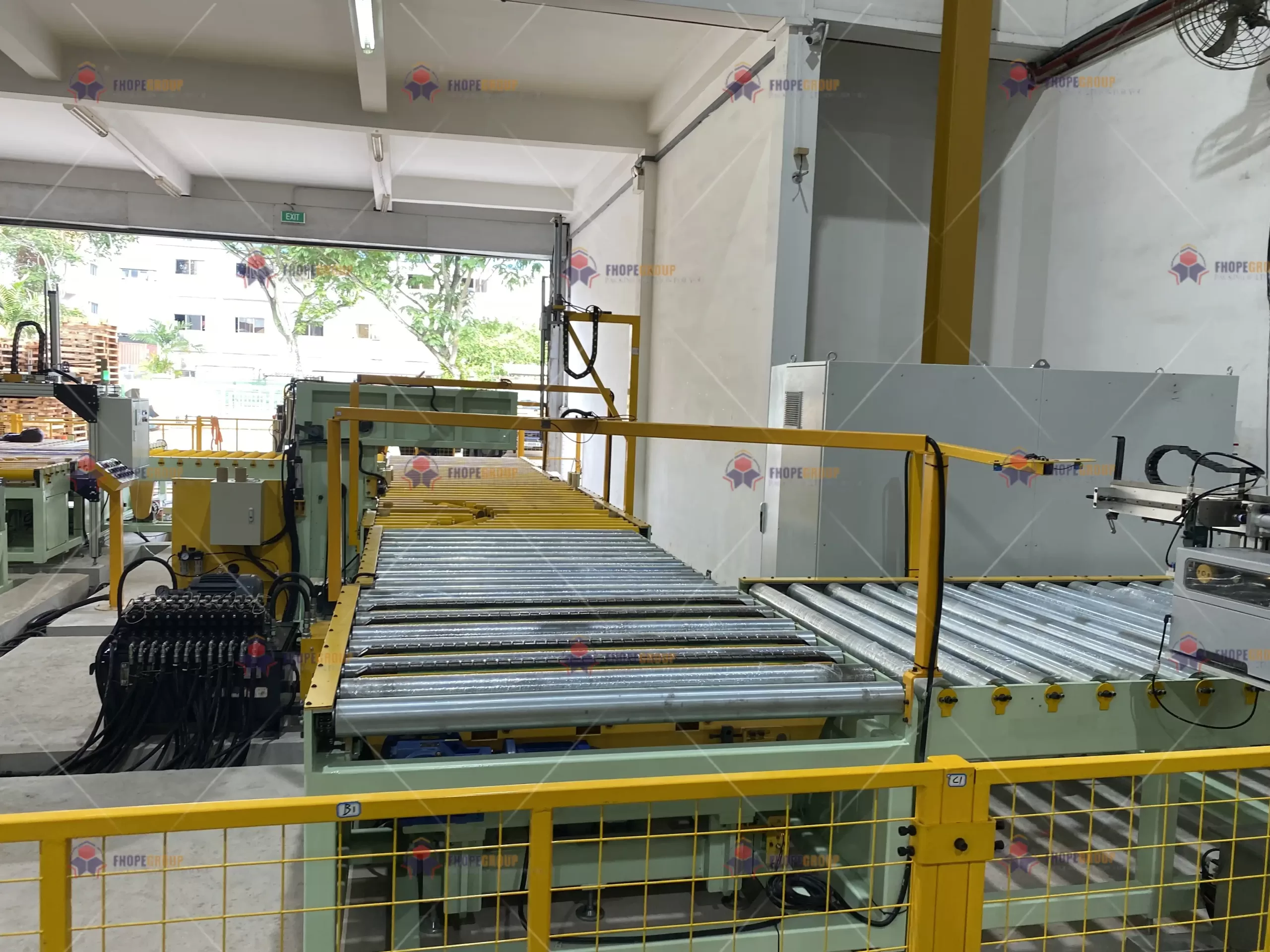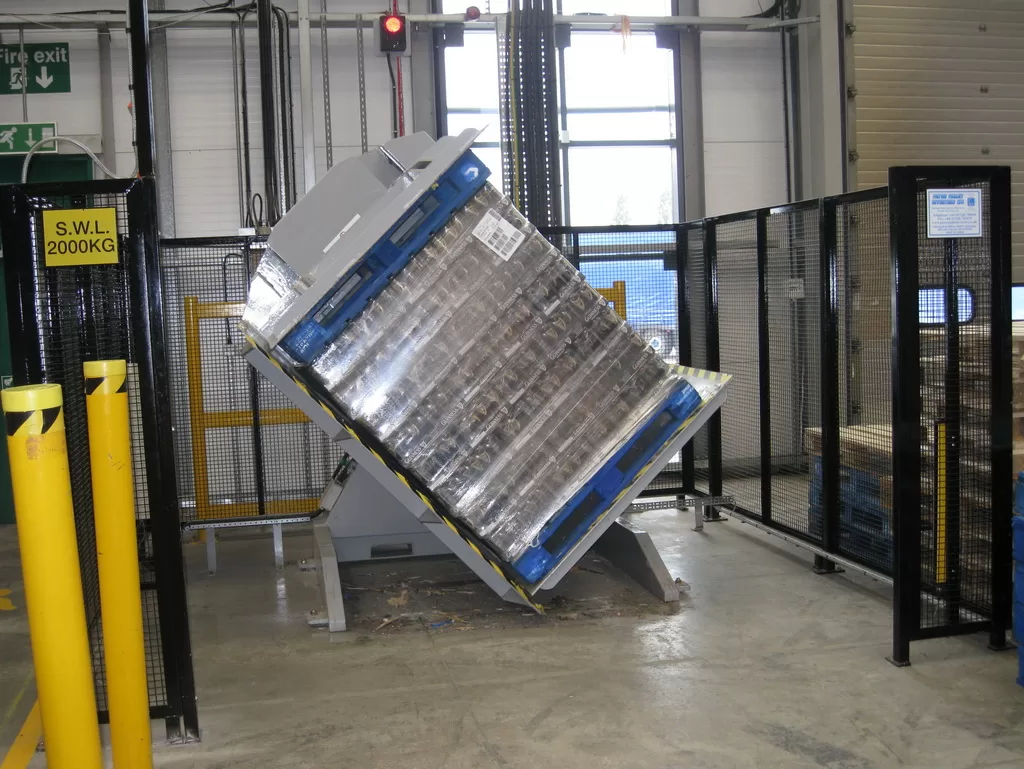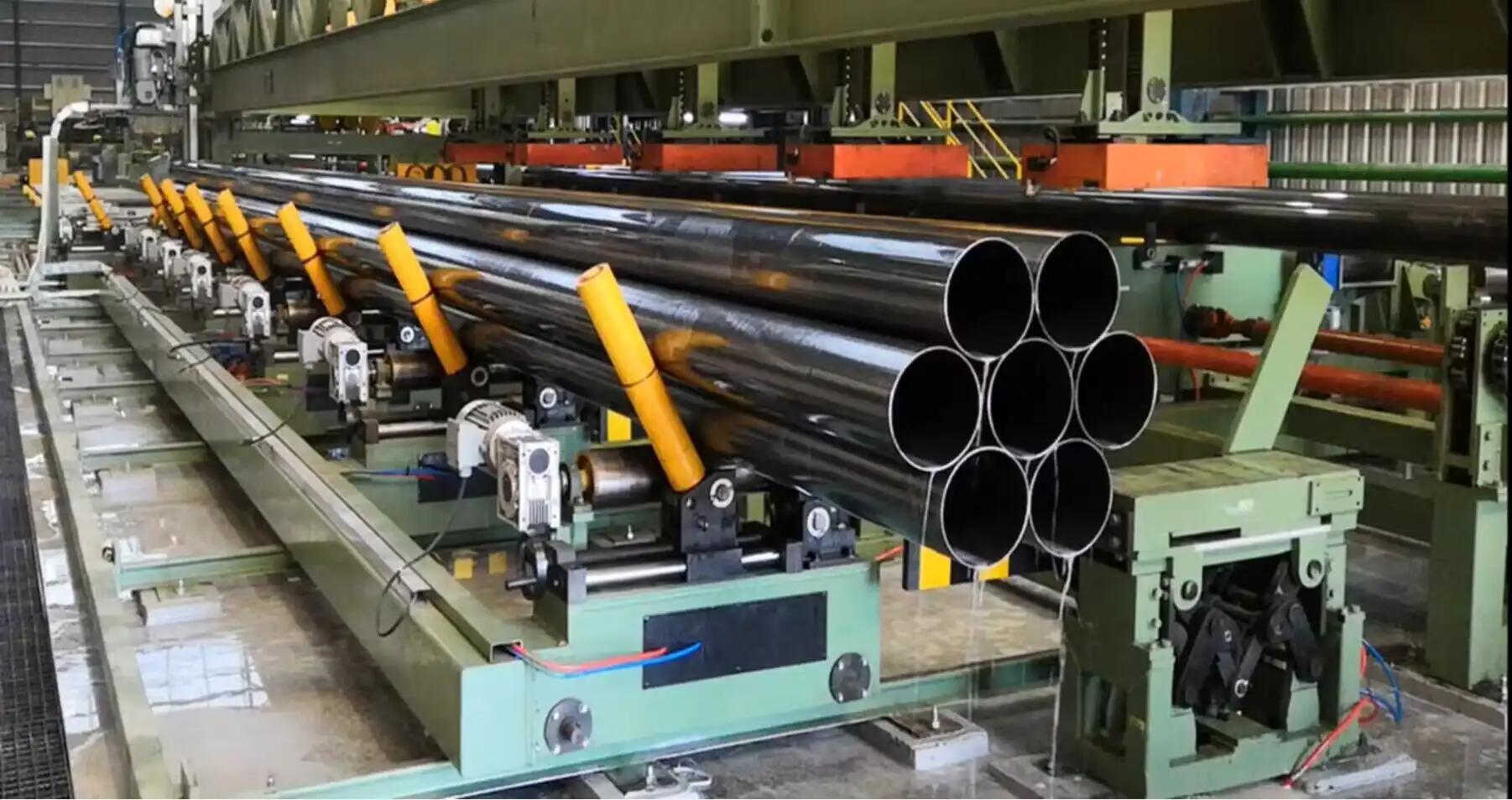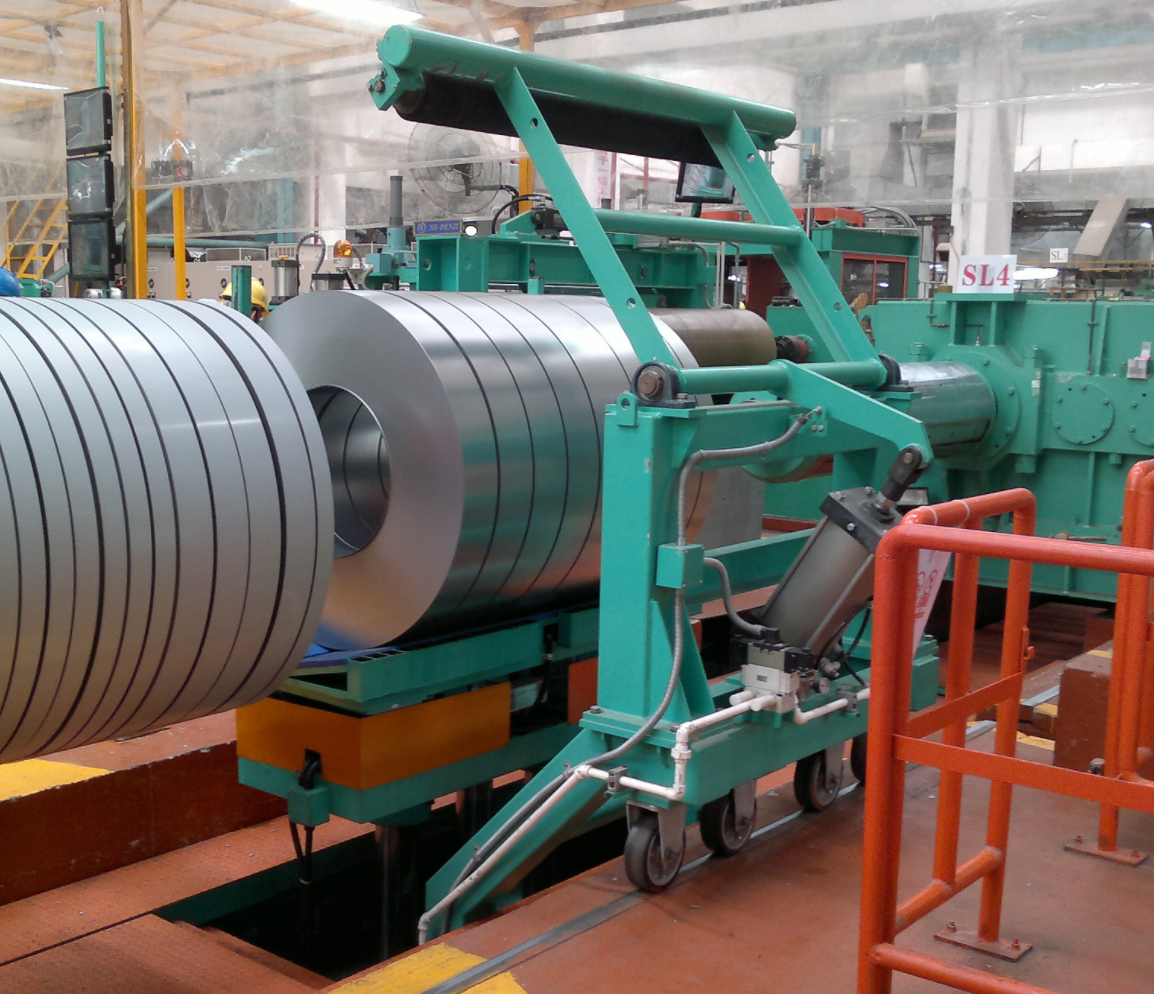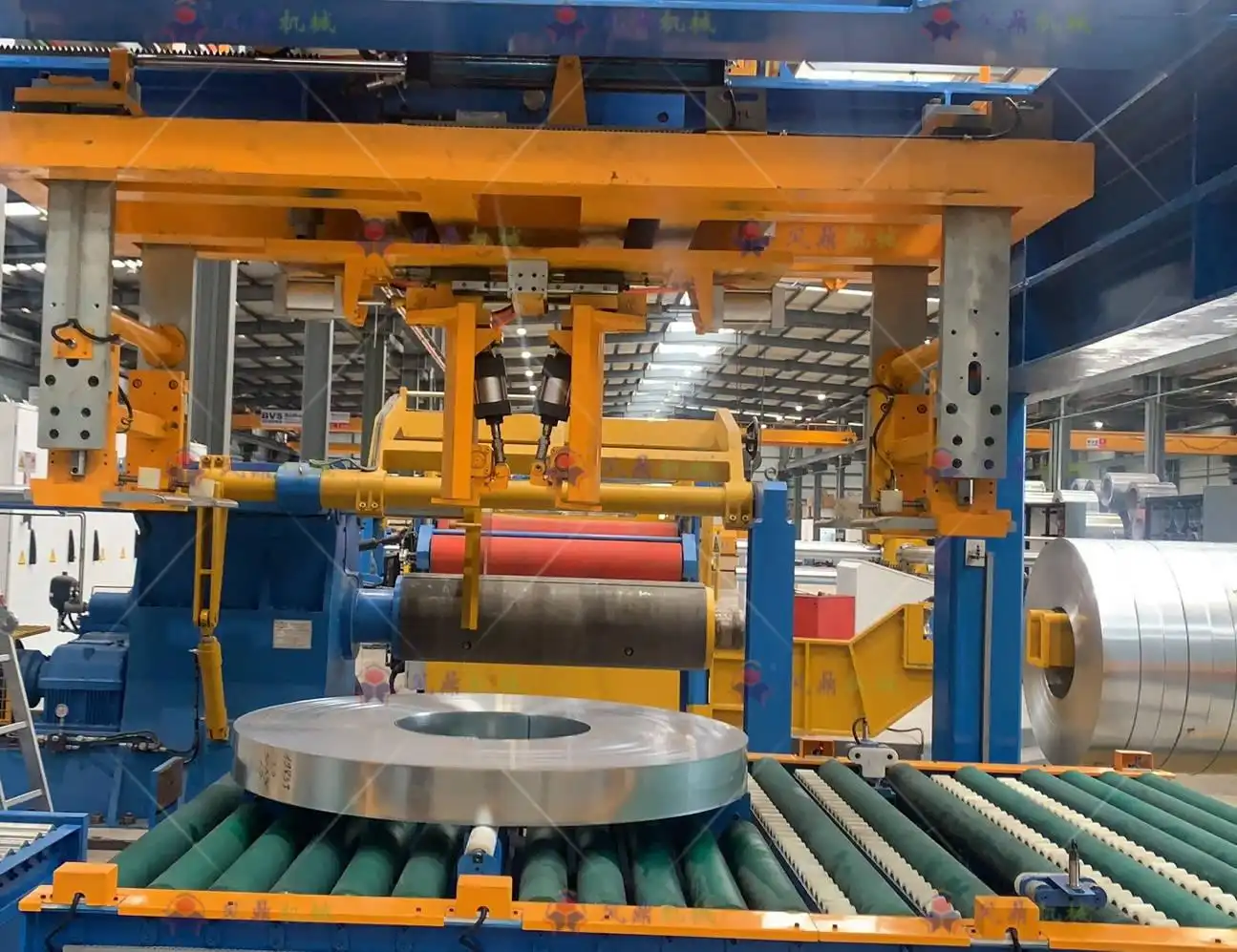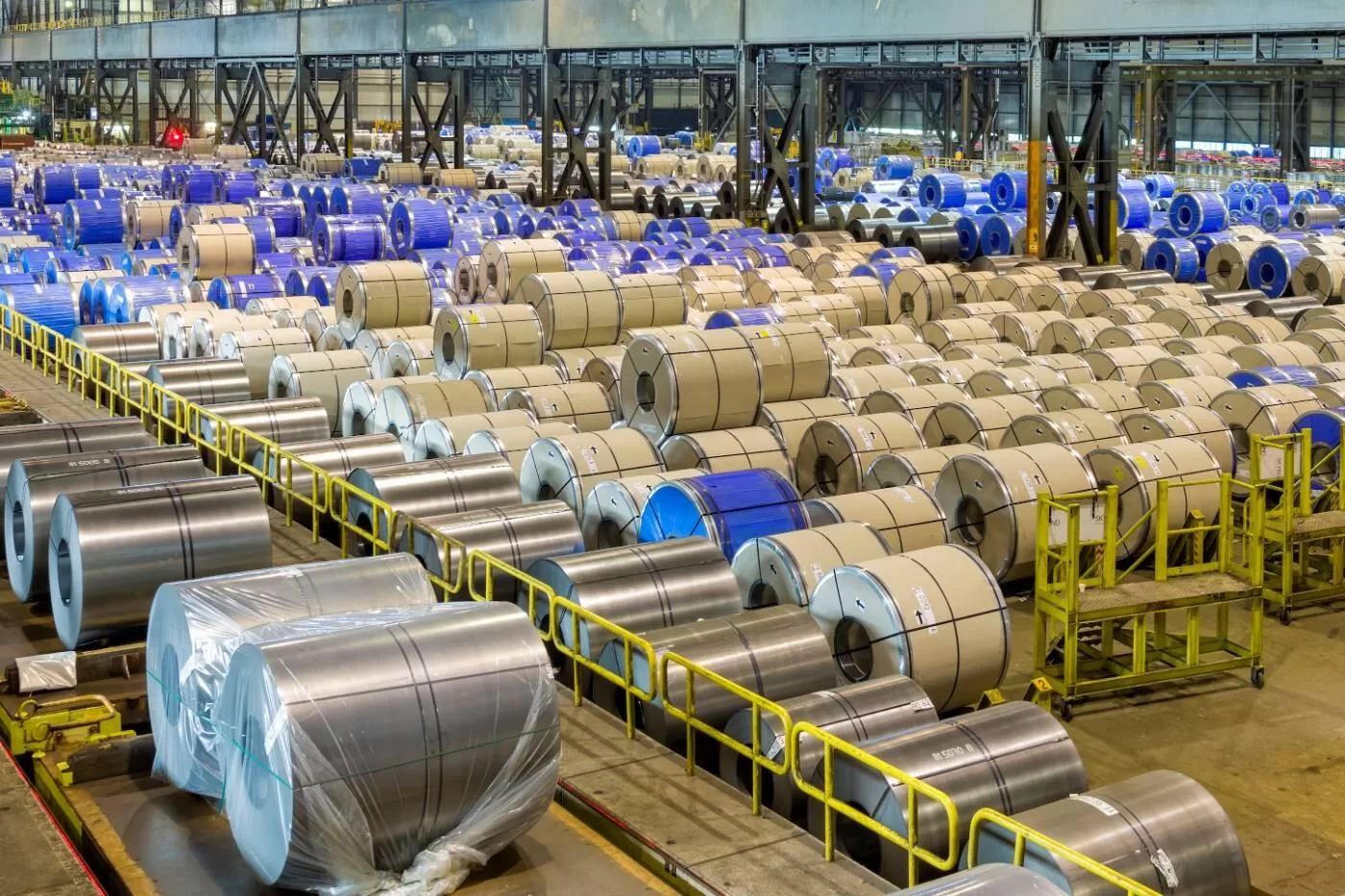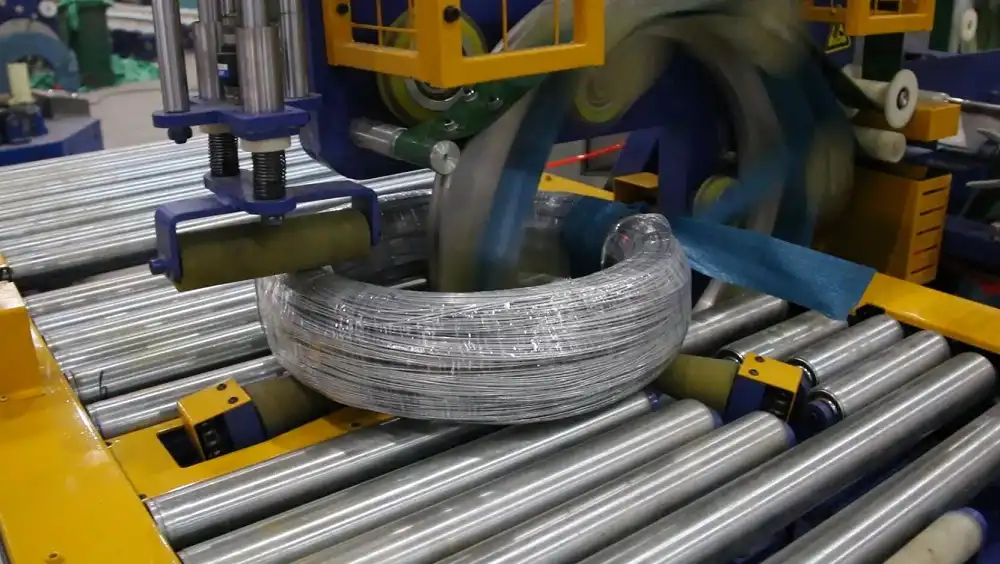How to Handle and Stack Slit Steel Coils Efficiently
Are you struggling with the cumbersome and risky process of handling slit steel coils? Improper handling can lead to material damage, worker injury, and significant financial losses. Discover proven strategies to streamline your operations and ensure both safety and efficiency in handling and stacking slit steel coils.
Efficient handling and stacking of slit steel coils are crucial for maintaining material integrity, ensuring workplace safety, and maximizing operational productivity. Proper techniques involve using appropriate equipment like forklifts and C-hooks, adhering to safety protocols, and optimizing storage to prevent damage and accidents. This guide provides best practices for achieving efficient and safe coil handling and stacking.
Continue reading to delve into the essential techniques and equipment for optimizing your slit steel coil handling and stacking processes, minimizing risks, and boosting your bottom line.
Optimizing Slit Steel Coil Handling Techniques
Handling slit steel coils can be a bottleneck in production if not managed correctly. The weight and shape of coils present unique challenges, demanding careful planning and execution to prevent damage and ensure worker safety. What if you could move these heavy coils with greater ease and precision, reducing both time and risk?
The key to optimizing slit steel coil handling lies in employing the right equipment, trained personnel, and established best practices. This includes using forklifts or C-hooks for lifting, ensuring proper coil orientation (vertical or horizontal), and rigorously training employees on safety protocols and equipment operation. By adhering to these principles, businesses can significantly reduce handling times, minimize material damage, and create a safer working environment.

To achieve truly efficient slit steel coil handling, let’s break down the essential elements and explore practical techniques that can make a significant difference in your daily operations.
Essential Techniques for Efficient Coil Handling
Effective slit coil handling is a multifaceted process that relies on several key techniques. From initial lifting to precise maneuvering, each step plays a crucial role in ensuring both speed and safety. Let’s examine the core techniques that form the foundation of efficient coil handling:
| Technique | Description | Benefits | Considerations |
|---|---|---|---|
| Vertical (Eye-to-Sky) Lifting | Lifting coils with the center hole facing upwards, typically using a forklift. | More secure on pallets, reduces risk of coil roll-off during transport, suitable for narrower aisles. | Requires sufficient overhead clearance, may require specialized forklift attachments for larger coils. |
| Horizontal (Eye-to-Side) Lifting | Lifting coils with the center hole facing sideways, often using forklifts or C-hooks. | Can be easier for initial pickup and placement in some storage configurations, C-hooks can improve stability for very heavy coils. | Less stable on pallets compared to vertical lifting, requires careful balancing and potentially roll cradles for forklift transport. |
| Trained Operators | Ensuring all personnel handling coil lifting equipment are certified, trained, and competent in safe operating procedures. | Minimizes human error, reduces accident rates, ensures consistent application of best practices, lowers risk of equipment damage. | Requires investment in training programs and ongoing competency assessments, regular refresher courses are recommended. |
| Equipment Inspection | Regularly inspecting forklifts, C-hooks, skids, and other handling equipment for damage or wear before each use. | Prevents equipment failure during operation, identifies potential hazards proactively, ensures equipment is always in optimal working condition, reduces downtime. | Implement a checklist-based inspection system, schedule routine maintenance, and promptly repair or replace any faulty equipment. |
| Controlled Movement | Moving coils slowly and deliberately, avoiding sudden stops or starts, and maintaining a safe distance from obstacles and personnel. | Prevents coils from shifting or falling, minimizes stress on lifting equipment, reduces the risk of collisions and workplace accidents, protects material integrity. | Establish clear traffic routes and speed limits in coil handling areas, use spotters in congested areas, ensure adequate visibility for operators. |
| Skid Condition Check | Always assessing the condition of skids before lifting coils, replacing any broken or damaged skids immediately. | Provides a stable and secure base for coil lifting and transport, prevents coil damage from uneven surfaces or skid failure, ensures safe load distribution. | Maintain an inventory of good quality skids, train personnel to identify damaged skids, establish a system for prompt skid replacement and disposal. |
By consistently applying these techniques and investing in operator training and equipment maintenance, you can significantly enhance the efficiency and safety of your slit steel coil handling operations.
Best Practices for Stacking Slit Steel Coils
Proper stacking is just as critical as handling when it comes to slit steel coils. Incorrect stacking can lead to coil damage, instability, and hazardous conditions in your storage facility. Imagine the chaos and potential danger of a poorly stacked coil collapsing! Let’s explore how to stack coils effectively and safely.
To safely and efficiently stack slit steel coils, always stack them vertically (eye-to-sky) and limit the stack height to a maximum of three coils for slit coils and two for master coils. Ensure the largest diameter coil is at the bottom, use sound skids, and maintain a designated, low-traffic storage area with adequate airflow. Never stack coils horizontally (eye-to-side) unless using a racking system designed for horizontal storage.
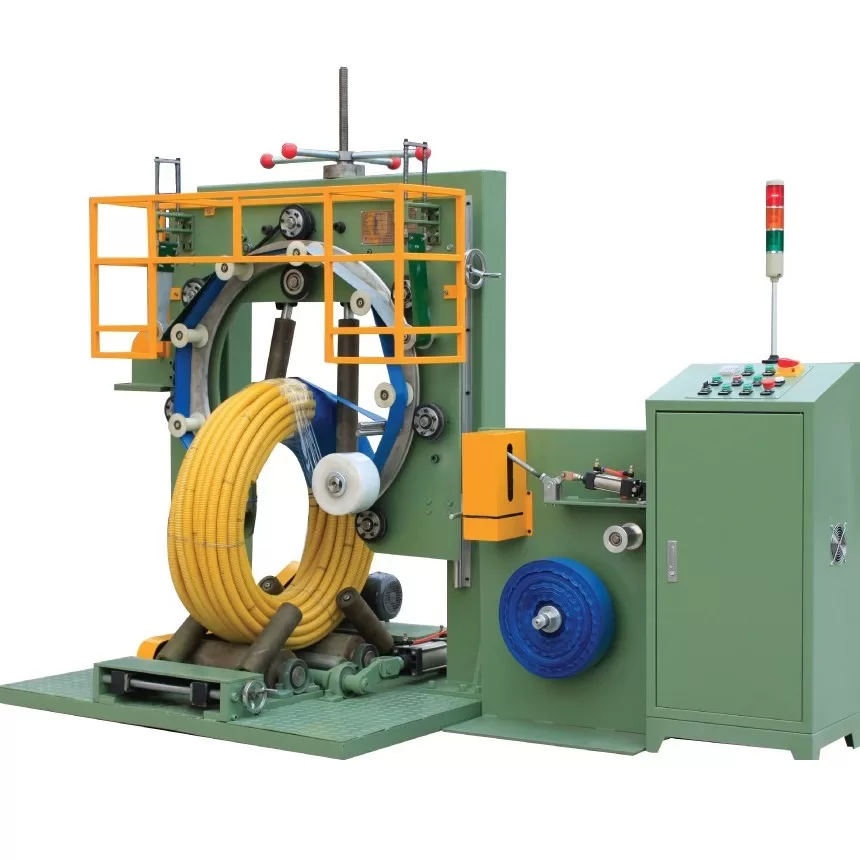
To master the art of coil stacking, we need to delve into specific guidelines and considerations that will transform your storage practices from risky to reliable.
Guidelines for Optimal Coil Stacking
Efficient and safe coil stacking is not just about piling coils; it’s about strategic organization that maximizes space utilization while minimizing risks. Here are detailed guidelines to optimize your coil stacking procedures:
-
Vertical Stacking is Key: Always prioritize vertical (eye-to-sky) stacking for slit steel coils. This orientation provides the most stable configuration, distributing weight evenly and reducing the risk of toppling. Horizontal (eye-to-side) stacking is inherently less stable and should be avoided unless utilizing specialized racking systems designed for horizontal coil storage.
-
Stack Height Limits: Adhere strictly to stack height limits. For slit coils, a maximum of three high is recommended. Master coils, due to their larger size and weight, should be stacked no more than two high. Exceeding these limits drastically increases the risk of stack collapse and material damage.
-
Diameter Hierarchy: Always stack coils with the largest diameter at the bottom. This creates a wider, more stable base, ensuring the stack’s center of gravity remains low and balanced. Stacking smaller diameter coils at the bottom creates an unstable pyramid effect, prone to tipping.
-
Skid Integrity: Before stacking, meticulously inspect each skid. Ensure they are in good condition, without cracks, breaks, or signs of weakening. Damaged skids compromise the stability of the entire stack. Replace any questionable skids immediately.
-
Designated Storage Zones: Establish designated storage areas for slit steel coils, ideally in low-traffic zones away from pedestrian walkways and operational machinery. This minimizes the risk of accidental collisions or disturbances to the stacks. Clear markings and barriers can further enhance safety.
-
Airflow and Ventilation: Choose storage locations that offer adequate airflow and ventilation. This is particularly important for preventing moisture buildup between coil layers, which can lead to corrosion, especially at the cut edges. Proper ventilation helps coils dry if they become wet and maintains a stable environment.
-
Avoid Stacking on Uneven Surfaces: Ensure the storage floor is level and capable of supporting the weight of the stacked coils. Uneven surfaces create instability and increase the risk of stacks leaning or collapsing.
-
No Top or Bottom Obstructions: Never place anything on top of stacked coils or underneath them. Obstructions can damage the coils, disrupt stack stability, and create tipping hazards. Keep the areas above and below coil stacks clear.
By implementing these guidelines, you’ll create a coil storage system that is not only safer and more organized but also contributes to the long-term preservation of your valuable steel coil inventory.
Safety First: Minimizing Risks in Coil Handling and Stacking
Handling and stacking heavy steel coils inherently carries safety risks. Accidents can lead to severe injuries, equipment damage, and costly downtime. Ignoring safety protocols is not just negligent—it’s a recipe for disaster. What steps can you take to proactively protect your team and prevent accidents?
Prioritizing safety in slit steel coil handling and stacking is paramount. Key safety measures include comprehensive training for all operators, regular equipment inspections, adherence to safe lifting and stacking procedures, maintaining clear and safe work zones, and using appropriate personal protective equipment (PPE). By consistently enforcing these measures, businesses can significantly mitigate risks and foster a safer working environment.
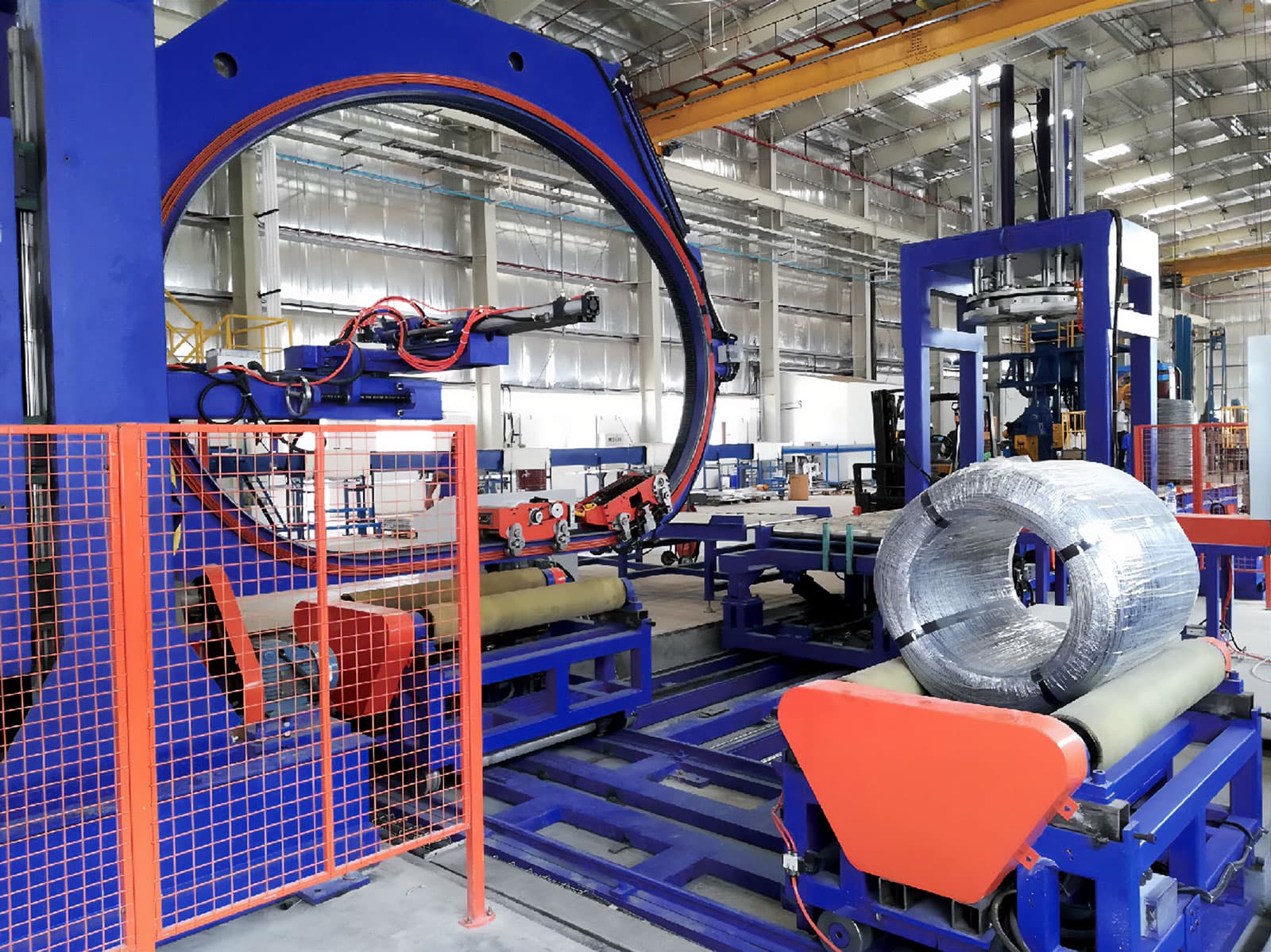
Let’s delve into the critical safety protocols that must be implemented to safeguard your workforce and ensure a secure coil handling and stacking operation.
Key Safety Protocols for Coil Operations
A robust safety program is the cornerstone of any successful coil handling and stacking operation. It’s more than just a set of rules; it’s a culture of awareness and prevention. Here are essential safety protocols to integrate into your operations:
| Protocol | Description | Importance | Implementation |
|---|---|---|---|
| Comprehensive Training | Mandatory and ongoing training for all personnel involved in coil handling, covering safe operating procedures, equipment operation, emergency response, and hazard identification. | Equips employees with the knowledge and skills to perform tasks safely, reduces human error, promotes a proactive safety culture, and ensures regulatory compliance. | Develop detailed training programs, conduct regular sessions, document training records, and incorporate practical, hands-on training components. |
| Equipment Pre-Use Inspections | Daily checklists and procedures for operators to inspect forklifts, C-hooks, skids, and other equipment before operation, identifying and reporting any defects or malfunctions. | Prevents equipment-related accidents, ensures equipment is in safe working order, allows for timely repairs or replacements, minimizes downtime due to equipment failure. | Provide easily accessible checklists, train operators on inspection procedures, establish a clear reporting system for equipment issues, and implement a lockout/tagout procedure for faulty equipment. |
| Defined Safe Zones | Clearly demarcated work zones for coil handling and stacking, separating personnel from operating equipment and coil movement areas. | Reduces the risk of pedestrian-equipment collisions, prevents unauthorized access to hazardous areas, improves overall workplace organization, and enhances situational awareness. | Use floor markings, barriers, signage, and visual aids to define safe zones, ensure adequate lighting and visibility in work areas, and regularly review and adjust zone layouts as needed. |
| PPE Enforcement | Strict enforcement of personal protective equipment (PPE) requirements, including hard hats, safety shoes, gloves, and eye protection, for all personnel in coil handling areas. | Protects workers from potential injuries such as head trauma, foot injuries, hand lacerations, and eye damage, minimizes the severity of accidents, and demonstrates a commitment to worker safety. | Provide appropriate PPE, conduct regular PPE inspections, enforce mandatory PPE usage, and provide training on proper PPE selection, use, and maintenance. |
| Safe Lifting & Stacking Procedures | Adherence to documented safe lifting and stacking procedures, including proper coil orientation, weight limits, stack height restrictions, and controlled movement techniques. | Ensures coils are handled and stacked in a stable and secure manner, prevents coil damage and collapses, minimizes the risk of injury from falling coils, and promotes consistency in safe work practices. | Develop and communicate clear, step-by-step procedures, provide visual aids and job aids, conduct regular procedure reviews, and supervise initial tasks to ensure proper procedure adherence. |
| Emergency Preparedness | Established emergency procedures and readily available emergency equipment (e.g., first aid kits, spill response materials) to address potential incidents such as coil drops, spills, or injuries. | Minimizes the impact of accidents, enables swift and effective response in emergency situations, reduces potential for escalation of incidents, and demonstrates preparedness and care for employee well-being. | Develop comprehensive emergency plans, conduct regular drills, ensure emergency equipment is accessible and well-maintained, and train personnel on emergency procedures and equipment usage. |
By rigorously implementing these safety protocols and fostering a culture of safety consciousness, you can create a coil handling and stacking operation that is not only efficient but, most importantly, safe for your employees.
The Role of Automation in Enhancing Efficiency
Manual handling and stacking of slit steel coils are labor-intensive, time-consuming, and prone to inconsistencies. Automation offers a transformative solution, promising increased speed, precision, and safety. Imagine a system that handles coils seamlessly, reducing manual effort and minimizing errors. How can automation revolutionize your coil operations?
Automation plays a crucial role in enhancing the efficiency of slit steel coil handling and stacking by streamlining processes, reducing manual labor, increasing throughput, and improving safety. Automated systems, such as coil handling robots, automatic stackers, and conveyor systems, can perform tasks with greater speed and precision than manual methods, leading to significant operational improvements and cost savings.

Let’s explore the specific automation technologies that are reshaping coil handling and stacking, and how they can bring unprecedented levels of efficiency to your operations.
Automation Technologies for Coil Handling and Stacking
The landscape of coil handling and stacking is rapidly evolving with the integration of sophisticated automation technologies. These innovations are not just about replacing manual labor; they are about creating intelligent, integrated systems that optimize every aspect of the process. Here are some key automation technologies transforming the industry:
-
Automated Guided Vehicles (AGVs): AGVs are driverless vehicles that navigate autonomously to transport coils within a facility. Equipped with sensors and intelligent navigation systems, AGVs can follow pre-programmed routes or dynamically adapt to changing environments. They enhance efficiency by enabling continuous material flow, reducing reliance on manual forklift operation, and minimizing traffic congestion.
-
Robotic Coil Handling Arms: Articulated robotic arms, fitted with specialized grippers, offer precise and flexible coil handling. These robots can perform tasks such as coil picking, placing, sorting, and orienting with high accuracy and speed. Robotic arms can work in confined spaces, handle various coil sizes and weights, and operate consistently without fatigue, leading to increased throughput and reduced product damage.
-
Automatic Coil Stackers: Automated stacker systems take coils from conveyors and precisely stack them according to pre-defined patterns. These systems use sensors and programmable logic controllers (PLCs) to ensure accurate coil placement, consistent stack heights, and optimal space utilization. Automatic stackers eliminate manual stacking errors, improve stack stability, and significantly accelerate the stacking process.
-
Conveyor Systems with Automation: Integrated conveyor systems, equipped with sensors, diverters, and automated controls, create a seamless flow of coils through the handling and stacking process. These systems can automatically transport coils between processing stations, buffer storage areas, and stacking locations. Automated conveyors reduce manual material movement, minimize bottlenecks, and ensure a continuous and synchronized workflow.
-
Automated Coil Packaging Lines: Comprehensive automated lines integrate various technologies to automate the entire coil packaging process, from slitting line exit to final packaging and labeling. These lines often include turret recoilers, downenders, strapping machines, weighing stations, and automatic stackers, all working in concert under centralized control. Automated packaging lines maximize efficiency, reduce labor costs, and ensure consistent packaging quality.
By strategically implementing these automation technologies, manufacturers can achieve a paradigm shift in their slit steel coil handling and stacking operations, moving towards leaner, faster, safer, and more productive workflows.
Conclusion
Efficient handling and stacking of slit steel coils are not merely operational tasks; they are critical components of a successful and profitable metal fabrication business. By adopting best practices in handling and stacking, prioritizing safety, and embracing automation, companies can significantly enhance productivity, minimize material waste, reduce workplace injuries, and improve overall operational efficiency. Investing in coil packing line solutions is a strategic move towards achieving operational excellence and maintaining a competitive edge in the industry.


